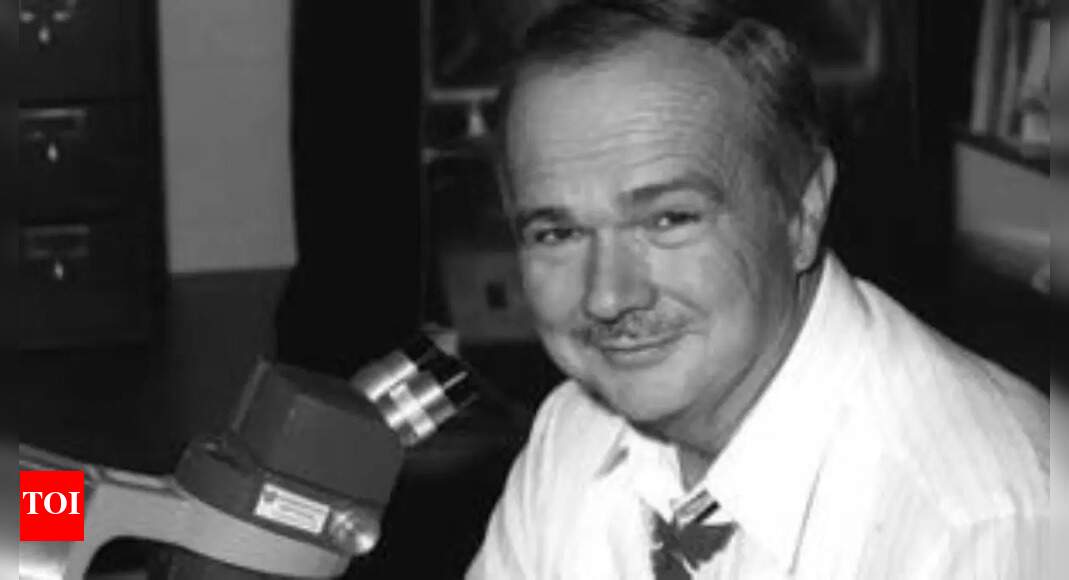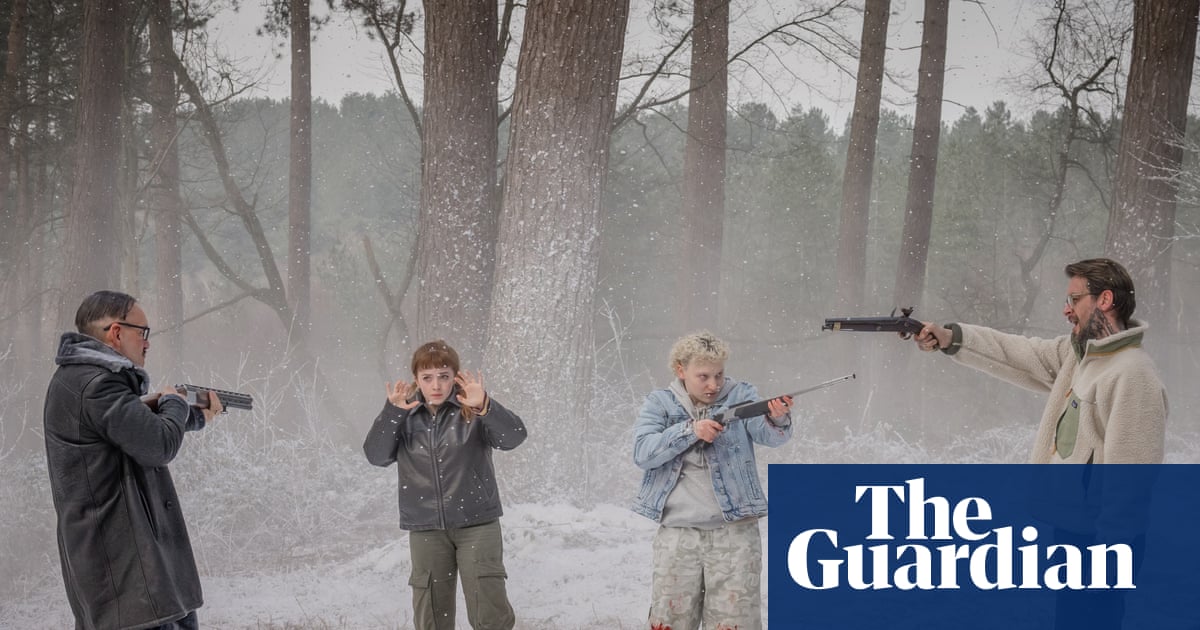Key messages
-
Compared to placebo (a sham medication), tirzepatide likely helps adults with obesity lose weight in the medium term (up to 2 years), and this weight reduction is likely to be maintained over the long term (more than 2 years)….
Compared to placebo (a sham medication), tirzepatide likely helps adults with obesity lose weight in the medium term (up to 2 years), and this weight reduction is likely to be maintained over the long term (more than 2 years)….

Eugene Shoemaker holds a unique place in space history; he is the only human whose ashes rest on the Moon. A pioneering geologist and founder of astrogeology, according to the U.S. Geological Survey…

Cervical cancer is the fourth most common cancer in women worldwide. The burden faced by low- and middle-income countries was greater than that faced by high-income countries.1 More than 90% of cervical cancers are caused by human…

Two colossal black hole collisions, detected just a month apart in late 2024, are reshaping how scientists interpret the most extreme cosmic events in the universe. These twin mergers not only provide fresh insight into how black holes form and…

MediaTek has introduced a new processor, Kompanio 540, for budget-friendly Chromebooks. The latest Kompanio 540 continues the company’s focus on creating efficient and affordable chips for low-power laptops. While MediaTek’s rumored…

10pm, Sky Max
Joseph Gilgun and Danny Brocklehurst are bringing the curtain down on their comedy about a tight-knit bunch of likable chancers running riot in a rural Lancashire town. You might expect the finale to be a greatest hits victory…


The Pakistan football team seems to have hit the jackpot with one of its youngest diaspora players, Ahmed Faraz Gulzari — but the youngster’s foray into the international arena hasn’t been easy.
The 17-year-old, who…